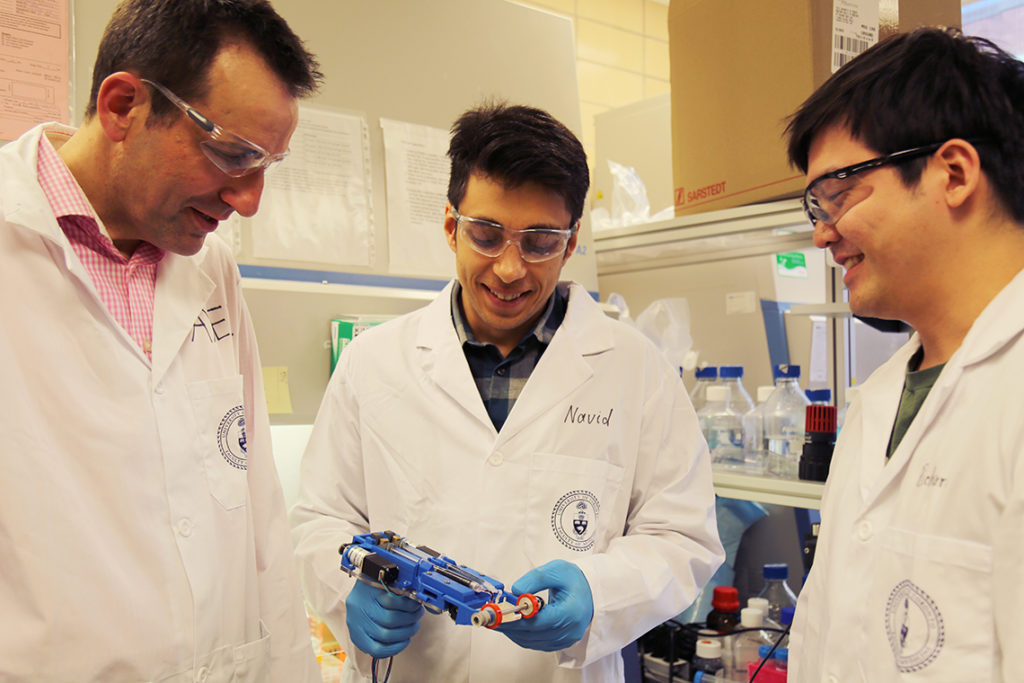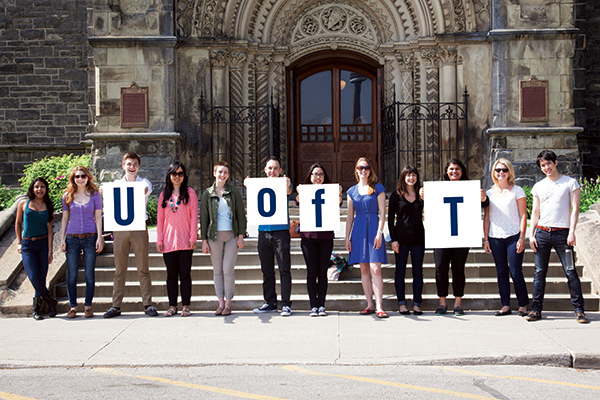Imagine a 3D skin printer that can deposit layers of skin tissue that would cover and heal deep wounds. For now, the principle makes sense but some hypothesis need to be verified.
Navid Hakimi, Prof. Axel Guenther and Dr. Marc Jeschke, researchers at the University of Toronto have conducted this research which was published in the Journal Lab on a Chip. (Confusion is not to be made with the “lab on chip” device made for the 3D printed microfluidic technology.) According to the team, it would be the first device that creates tissue in situ, depositing and setting in place, in about two minutes maximum. Let’s take an example:
Let’s take an example:
You are the patient and you are severely injured. You have three skin layers that will be drastically damaged: the epidermis, dermis and hypodermis. The conventional treatment, called split-thickness skin grafting consists in grafting a healthy donor skin on the surface epidermis and part of the dermis.
Sometimes, with this treatment, all three layers might not be, unfortunately, covered due to the lack of healthy donor skin to traverse them all. Therefore, there is a portion of the wounded area which is uncovered and which leads to poor healing results.
The 3D skin printer, a solution to overcome this barrier
First of all, the printer resembles a white-out tape dispenser. “Vertical stripes of “bio ink,” made up of protein-based biomaterials including collagen, the most abundant protein in the dermis, and fibrin, a protein involved in wound healing, run along the inside of each tissue sheet.”
“Our skin printer promises to tailor tissues to specific patients and wound characteristics,” says Hakimi. “And it’s very portable.” Technically speaking, the device is the size of a small shoe box and weighs less than a kilogram. Furthermore, it requires minimal operator training and eliminates the washing and incubation stages required by many conventional bioprinters.
Technically speaking, the device is the size of a small shoe box and weighs less than a kilogram. Furthermore, it requires minimal operator training and eliminates the washing and incubation stages required by many conventional bioprinters.
According to researchers, other functionalities will be added to the 3D printer including the expansion of the coverable wound areas.
For further information about 3D Printing, follow us on our social networks and subscribe to our newsletter!
Would you like to be featured in the next issue of our digital magazine? Send us an email at contact@3dadept.com


